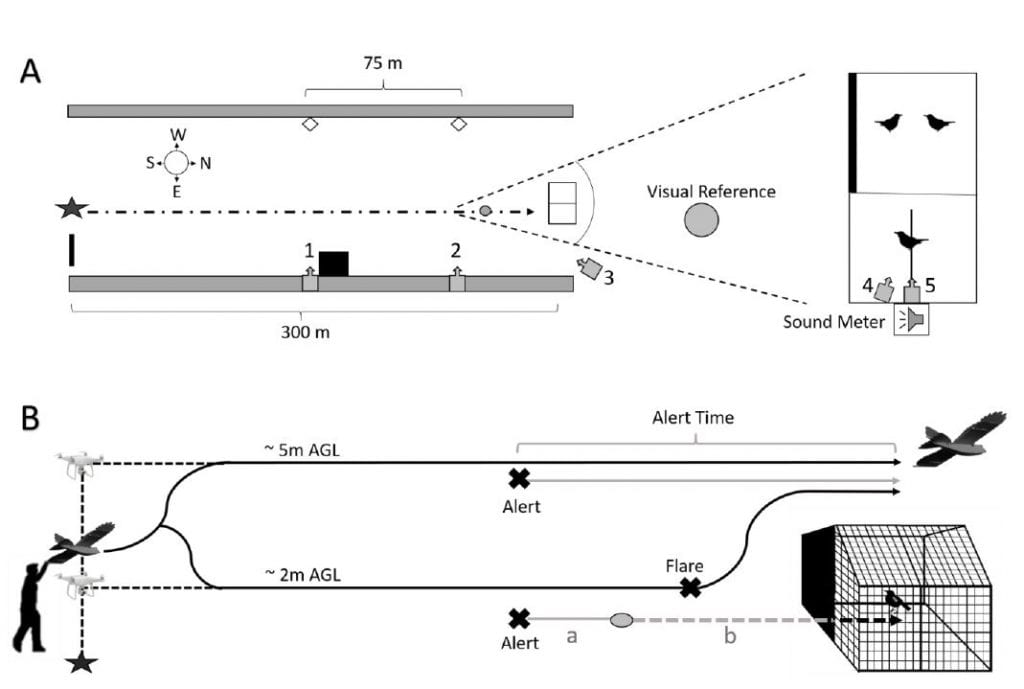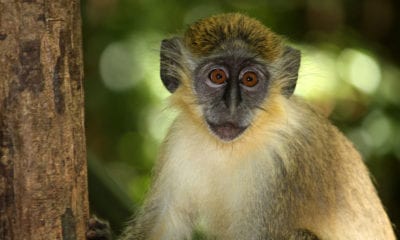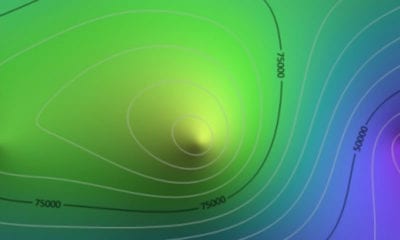
News
Use of Drones to Deter Birds from Areas of Human Wildlife Conflict
Nowadays, wildlife managers are ready for a new revolution in which they can potentially exploit antipredator behavior when attempting to deter animals from areas of human-wildlife contact. One of the newest and most promising tools in this manner is the unmanned aircraft system (UAS or drone) which might be able to overcome the mobility limitations of other deterrent strategies.
UAS Could Become A Crucial Technology In The Field Of Human Wildlife Contact
From this, it is easy to see that this system could do wonders in the field of human wildlife contact. In fact, a one individual has already researched the topic and wrote a thesis in which the main objective is to determine the behavioral response of blackbirds to three drones – using a unique predator model with a standard fixed-wing feature set and a multirotor as the candidate platforms.
As the author, Conor Christopher Egan of North Dakota State University, states in the beginning of his paper:
“There is growing evidence that animals respond to human disturbance (e.g., moving vehicles, walking pedestrians) using behavior strategies adapted to avoid natural predation risk. This risk disturbance hypothesis allows wildlife managers to predict how wildlife will respond to anthropogenic disturbance using economic models based on antipredator behavior. Consequently, the antipredator behavior of animals can potentially be exploited to optimize efficacy of wildlife management tools. For example, efficacy of visual deterrents could be increased by incorporating characteristics of natural predators (e.g., shape, pattern, size), allowing wildlife managers to enhance the predation risk an animal assesses toward unnatural stimuli.”
If the energetic costs of devoting time to antipredator behavior outweigh the fitness benefits provided by a resource patch, given alternative resource patches may be available – and the animal has knowledge of these resources.
Even though the studies evaluating animal reactions have so far used alert distance and flight initiation distance as metrics of perceived risk, the new method is found as innovative and as one that could pioneer the technology, moving it forward to potential adoption.
Using Various Methods That Depend On The Specific Cases
In the study, Egan uses various methods which depend on the specific cases. His main research and objectives were to understand avian perception and response to drone encounters all while simultaneously identifying the birds features and flight dynamics – especially the ones that the species perceive as disturbing. As the author notes, the results also have implications for wildlife monitoring in the factors that cause greater disturbance, which should be avoided.

Experimental arena and drone approach path. (A) Overhead view of experimental arena including launch site (star), pilot blind (square), launch assistant blind (black vertical rectangle), sunflower (gray horizontal rectangles), visual markers (white diamonds), drone approach path (dotted arrow line) and cameras (gray arrow boxes). The area around the enclosure holding the focal and companion birds is magnified for clarification. A disc used for visual reference was located 10.3 m away from the perch. We measured drone speed by recording the time required for each drone to travel 75 m between visual markers opposite cameras 1 and 2. Camera 3 recorded drone position relative to the enclosure. Cameras 4 and 5 recorded blackbird behavior during trials. (B) Drone approach from launch to overpass. We launched the predator model and fixed-wing windward by hand. We hovered the multirotor to the appropriate treatment altitude and accelerated directly toward the enclosure. During direct approaches, the drone flared upward prior to colliding with the enclosure. Overhead approaches did not flare. We measured alert time and flight-initiation time for direct approaches using the time required for the drone to reach the visual reference located 10.3 meters away from the perch from the moment the bird responded (a) and projected the time required for the drone to travel an additional 10.3 meters (b). We then added (a + b) to estimate response time for direct approaches. Figure not to scale.
The hypothesis of the author is as following:
“We predicted that blackbird responses to drones would differ based on platform qualities, which included differences in sound, contrast, color, shape and size of the vehicles. More specifically, we predicted that birds would perceive the predator model as a legitimate predatory threat and as a result, birds exposed to it would exhibit amplified response behaviors when compared to birds exposed to the fixed wing and multirotor.”
This was also their starting point for deploying the UAS (drones) in the form of birds with unique features that are camouflaging these devices into the behavioral responses of these species.
Making Most Of The Birds Behavior Through The Efficacy Of Drones
in summing up Egan concludes that after evaluating all the responses, effects and behaviors, the general conclusion is that only one or a few species were able to adapt to the drone movement while many disregarded it and were hard to approach.
However, the author was able to make the most of their behavior.“Our data suggests that wildlife managers should not evaluate the efficacy of drones deployed for wildlife hazing solely by their ability to provoke an escape response, but rather the potential to enhance the perceived risk of an area. In our study, blackbirds spent more time vigilant and returned to forage later when exposed to the predator model compared to the other drones. Both metrics suggest that drone exposure can decrease the foraging efficiency of birds as they dedicate an increased effort to vigilance. Reducing the foraging efficiency of birds can potentially decrease economic losses due to crop depredation and encourage birds to abandon areas where foraging efficiency is limited,” he concluded in the last sentences of this paper.
Citation: Evaluating the Potential Utility of Drones to Deter Birds from Areas of Human-Wildlife Conflict, Conor Christopher Egan, North Dakota State University, https://library.ndsu.edu/ir/handle/10365/29171?show=full
























